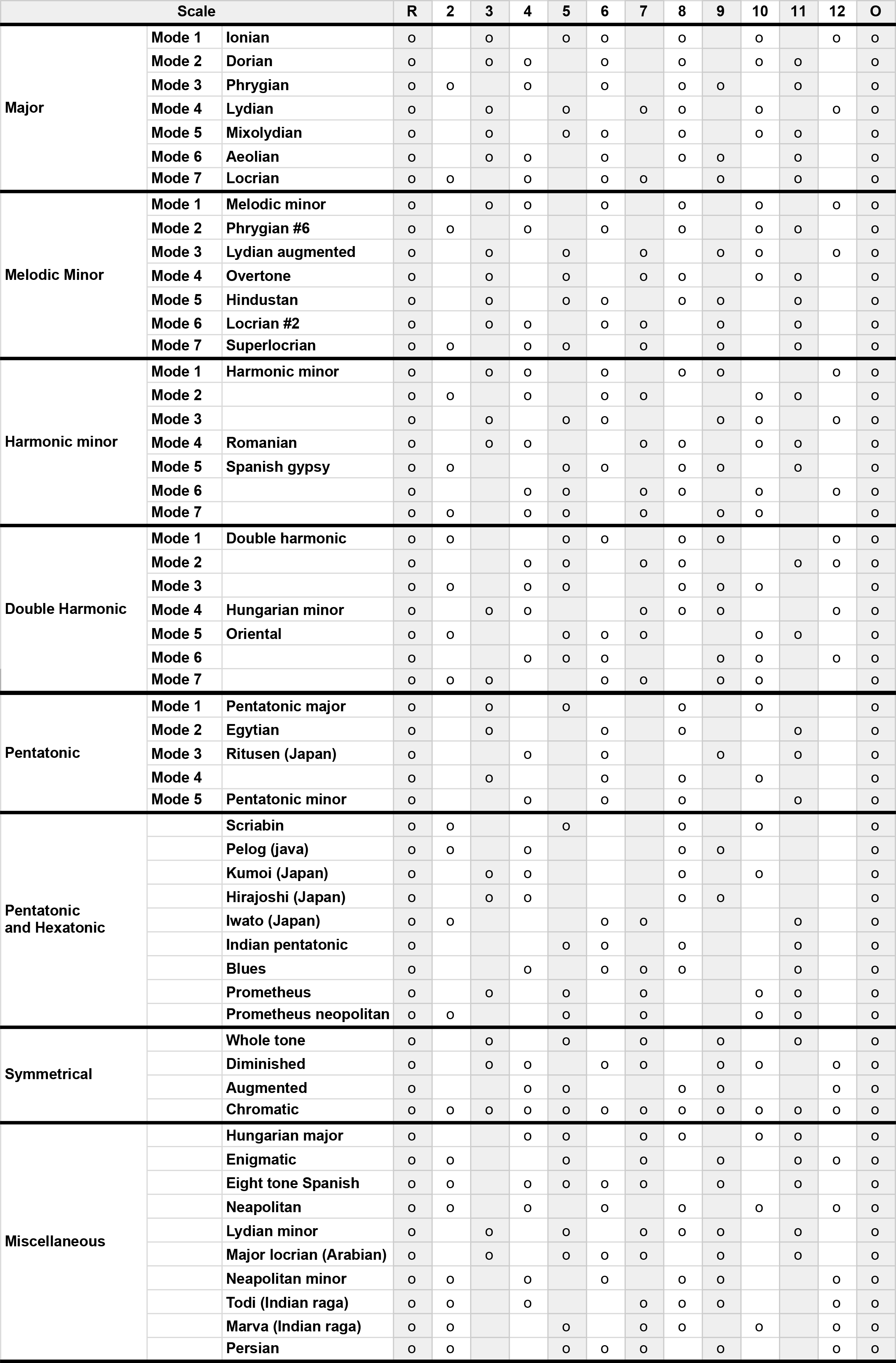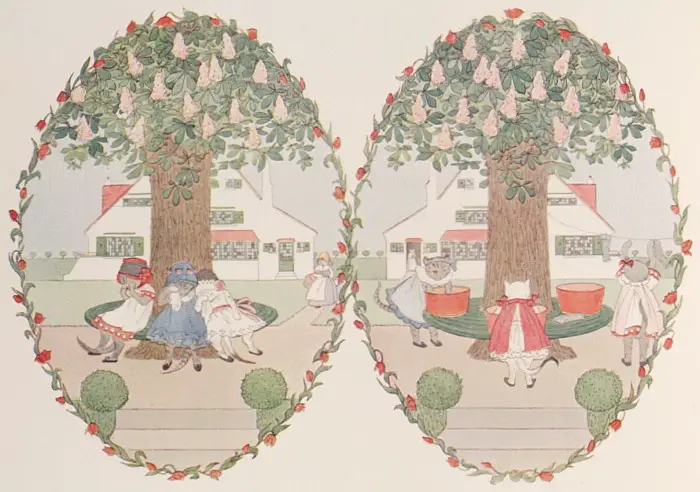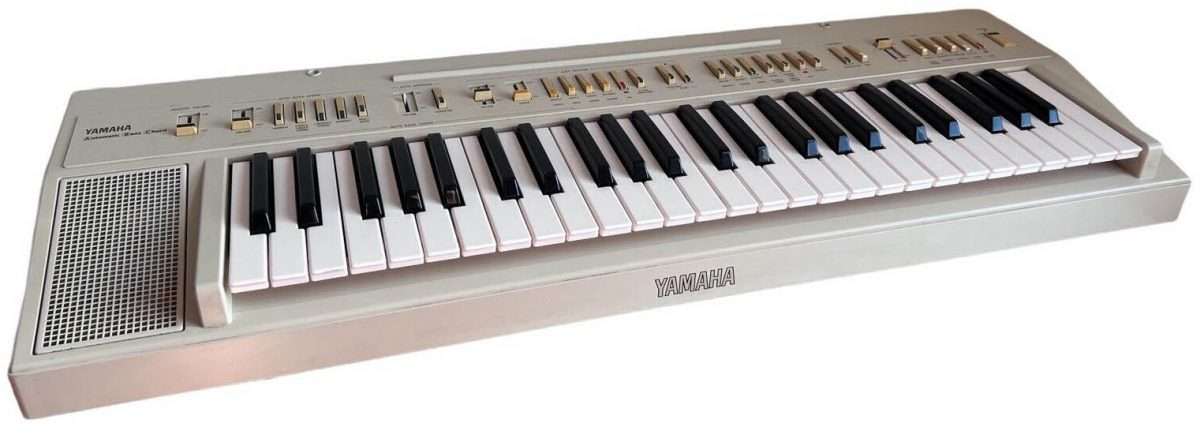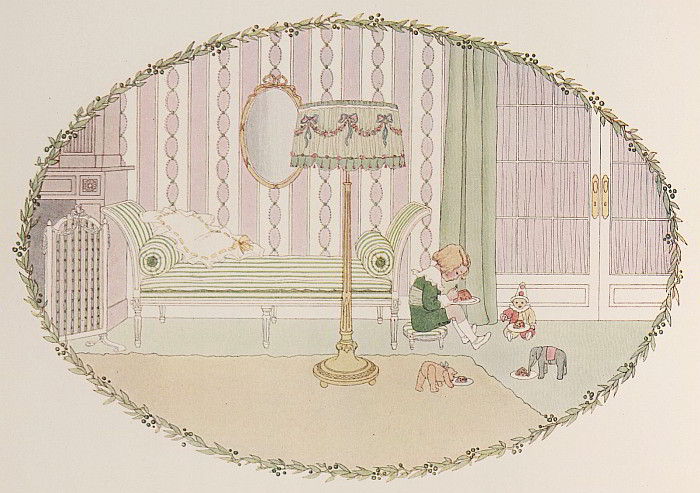There are a huge range of scales in use in both Western and non-Western music. As well as the very common major and minor scales are a whole host of others used in a variety of different musical styles, genres and cultures.
Here we have assembled 56 scales with the ascending scale in the key of C for each one written in musical notation, plus a step pattern table at the end to make it easier to transpose these scales into other keys.
Inspiration has to come from the excellent Scales and Modes for Guitar book by Cliff Douse. We hope you find this useful in learning and using scales on keyboard instruments.
Major scales
Mode 1: Ionian mode
Mode 2: Dorian mode
Mode 3: Phrygian mode
Mode 4: Lydian mode
Mode 5: Mixolydian mode
Mode 6: Aeolian mode
Mode 7: Locrian mode
Melodic Minor scales
Mode 1: Melodic minor scale
Mode 2: Phrygian #6 scale
Mode 3: Lydian augmented scale
Mode 4: Overtone scale
Mode 5: Hindustan
Mode 6: Locrian #2 scale
Mode 7: Superlocrian scale
Harmonic Minor scales
Mode 1: Harmonic minor scale
Mode 2:
Mode 3:
Mode 4: Romanian
Mode 5: Spanish gypsy scale
Mode 6:
Mode 7:
Double Harmonic scales
Mode 1: Double harmonic scale
Mode 2:
Mode 3:
Mode 4: Hungarian minor scale
Mode 5: Oriental
Mode 6:
Mode 7:
Diatonic Pentatonic scales
Mode 1: Pentatonic major scale
Mode 2: Egyptian
Mode 3:
Mode 4: Ritusen Japan
Mode 5: Pentatonic minor scale
Pentatonic and Hexatonic scales
Scriabin
Pelog (java)
Kumoi (Japan)
Hirajoshi (Japan)
Iwato (Japan)
Indian pentatonic
Blues scale
Prometheus
Prometheus neapolitan
Symmetrical Scales
Whole tone scale
Diminished scale
Augmented scale
Chromatic scale
Miscellaneous Scales
Hungarian major scale
Enigmatic scale
Eight tone Spanish scale
Neapolitan scale
Lydian minor scale
Major locrian scale (Arabian)
Neapolitan minor scale
Todi (Indian raga scale)
Marva (Indian raga scale)
Persian scale
Step Patterns
All of the above scales are written and played in the root key of C, in order to aid in learning and comparison. When it comes to transposing, it is a case of moving each note of a scale up or down the same number of semitones. The step pattern table below will aid in this, as it shows which interval notes for any given scale are played, regardless of the root key.
The columns beginning with R (for root) and finishing O (for octave) and with numbers 2-12 in between, dictate how many semitones (or half notes) up from the root of the scale a particular note is. So, for example, a C major chord’s fifth position note is an E. A D major chord’s fifth position note is F#.





